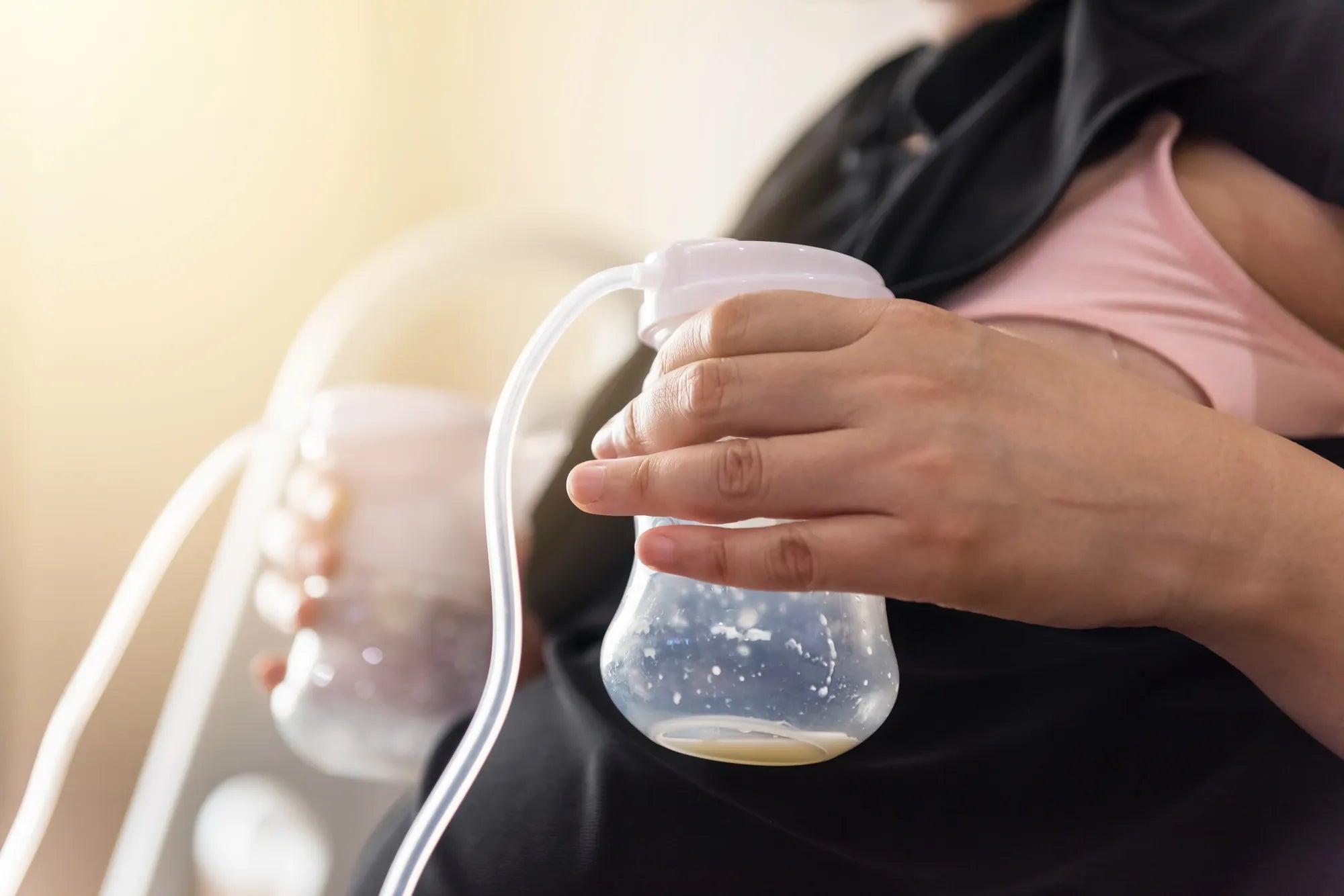Home
Pregnancy, Breastfeeding, and Pumping: The Ultimate Guide for Moms
Do You Have to Sterilize Breast Pump Parts? Essential Insights for New Parents

Do You Have to Sterilize Breast Pump Parts? Essential Insights for New Parents
When it comes to feeding your baby, ensuring that every piece of equipment is clean and safe is paramount. One question that often arises for new parents is: Do you have to sterilize breast pump parts? The answer is a resounding yes, and understanding why this step is crucial can make all the difference in your baby's health and well-being.
Why Sterilizing Breast Pump Parts is Essential
Breast milk is a natural source of nutrition for infants, but it can also be a breeding ground for bacteria if not handled properly. Breast pump parts come into direct contact with both the milk and your body, making them susceptible to contamination. Sterilizing these parts helps eliminate harmful bacteria, viruses, and other pathogens that could otherwise make your baby sick.
The Risks of Not Sterilizing Breast Pump Parts
Failing to sterilize breast pump parts can lead to serious health risks for your baby. Bacteria such as E. coli, Salmonella, and Staphylococcus can thrive on improperly cleaned equipment. These bacteria can cause infections, digestive issues, and even more severe complications in newborns, whose immune systems are still developing.
How to Properly Sterilize Breast Pump Parts
Sterilizing breast pump parts is a straightforward process, but it requires attention to detail. Here are some effective methods:
Boiling
One of the most common and cost-effective methods is boiling. Simply disassemble the breast pump parts, place them in a pot of boiling water, and let them boil for at least 5 minutes. Ensure all parts are fully submerged to guarantee thorough sterilization.
Steam Sterilizers
Electric steam sterilizers are another popular option. These devices use high-temperature steam to kill bacteria and are particularly convenient for busy parents. Follow the manufacturer's instructions for optimal results.
Microwave Sterilization
Microwave sterilization bags are designed specifically for this purpose. Place the disassembled parts in the bag, add water, and microwave according to the instructions. This method is quick and efficient.
Tips for Maintaining Clean Breast Pump Parts
Beyond sterilization, there are additional steps you can take to keep breast pump parts clean and safe:
- Wash parts with warm, soapy water immediately after each use.
- Use a dedicated brush to clean hard-to-reach areas.
- Allow parts to air dry on a clean towel or drying rack.
- Store sterilized parts in a clean, covered container until needed.
Common Mistakes to Avoid
Even with the best intentions, mistakes can happen. Here are some pitfalls to watch out for:
- Not disassembling parts fully before cleaning and sterilizing.
- Using harsh chemicals or abrasive scrubbers that can damage the parts.
- Skipping the drying step, which can lead to bacterial growth.
- Reusing parts without sterilizing them between uses.
When to Replace Breast Pump Parts
Sterilization is essential, but it's also important to know when to replace breast pump parts. Over time, wear and tear can compromise the integrity of the parts, making them less effective and potentially unsafe. Look for signs of damage, such as cracks, discoloration, or warping, and replace parts as needed.
The Role of Sterilization in Breastfeeding Success
Sterilizing breast pump parts isn't just about safety; it's also about ensuring a successful breastfeeding journey. Clean, well-maintained equipment can help maintain milk supply, prevent infections, and provide peace of mind for parents. By making sterilization a regular part of your routine, you can focus on what truly matters: bonding with your baby.
Taking the time to sterilize breast pump parts may seem like an extra chore, but it's a small step that can have a big impact on your baby's health. With the right knowledge and tools, you can ensure that every feeding is as safe and nourishing as possible. So, the next time you ask yourself, Do you have to sterilize breast pump parts? remember that this simple practice is one of the best ways to protect your little one.
Share


